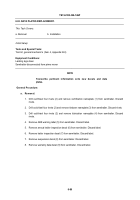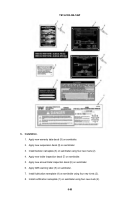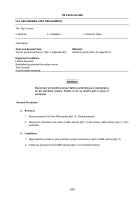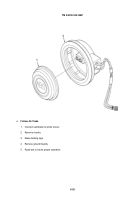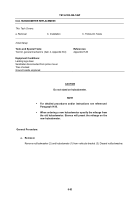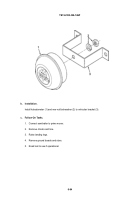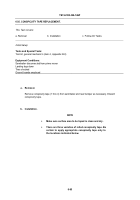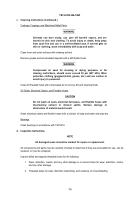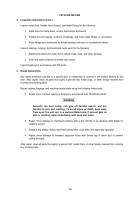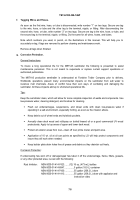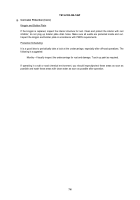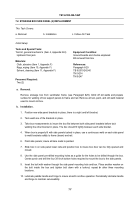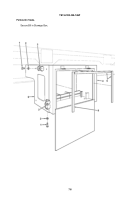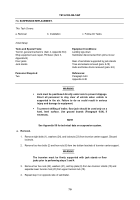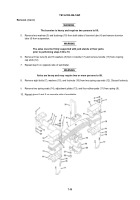TM-9-2330-326-14-P - Page 173 of 540
TM 9-2330-326-14&P
7-1
CHAPTER 7
DIRECT SUPPORT AND GENERAL SUPPORT
MAINTENANCE
7-1. DIRECT SUPPORT AND GENERAL SUPPORT MAINTENANCE INSTRUCTIONS.
This Task Covers:
a. General
b. Work Safety c. Cleaning Instructions
c. Cleaning Instructions
d. Inspection Instructions
e. Repair Instructions
f. Tagging Wires and Hoses
g. Corrosion Protection
h. Stowage Box Side Panels Replacement
Initial Setup:
Tools and Special Tools:
Materials:
Tool kit, general mechanic’s (Item 4, Appendix B-3)
Cloth, abrasive (Item 1, Appendix F)
Rags, wiping (Item 10, Appendix F)
References:
Solvent, cleaning (Item 11, Appendix F)
Paragraph 6-29
TB 9-2510-242-40
TM 9-214
TM 9-247
WARNING
For service and repair tasks on the semitrailer, the ground boards and tire
chocks should be used to insure safe coupling and prevent semitrailer
movement.
a. General.
These general maintenance instructions contain general shop practices and specific methods you must
be familiar with to properly maintain your semitrailer. You should read and understand these practices
and methods before performing any maintenance tasks.
Before beginning a task, find out how much repair, modification, or replacement is needed to fix the
equipment. Sometimes the reason for equipment failure can be seen right away, and complete teardown
is not necessary. Disassemble equipment only as far as necessary to repair or replace damaged or
broken parts.
Resources are not listed in the initial setup unless they apply to the procedure.
All tags and forms attached to equipment must be checked to learn the reason for equipment’s removal
from service. Modification Work Orders (MWOs) and technical bulletins must also be checked for
equipment changes and updates.
In some cases, a part may be damaged by removal. If the part appears to be good, and other parts
behind it are not defective, leave it on and continue with the procedure. Here are a few simple rules:
Back to Top



